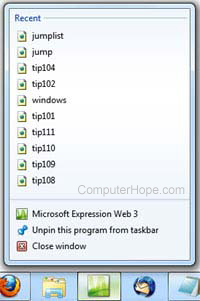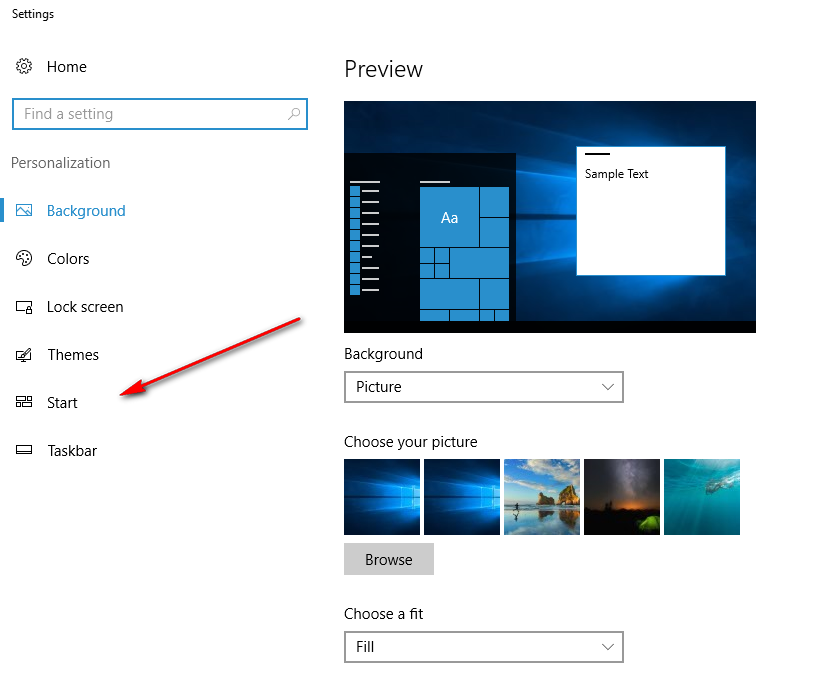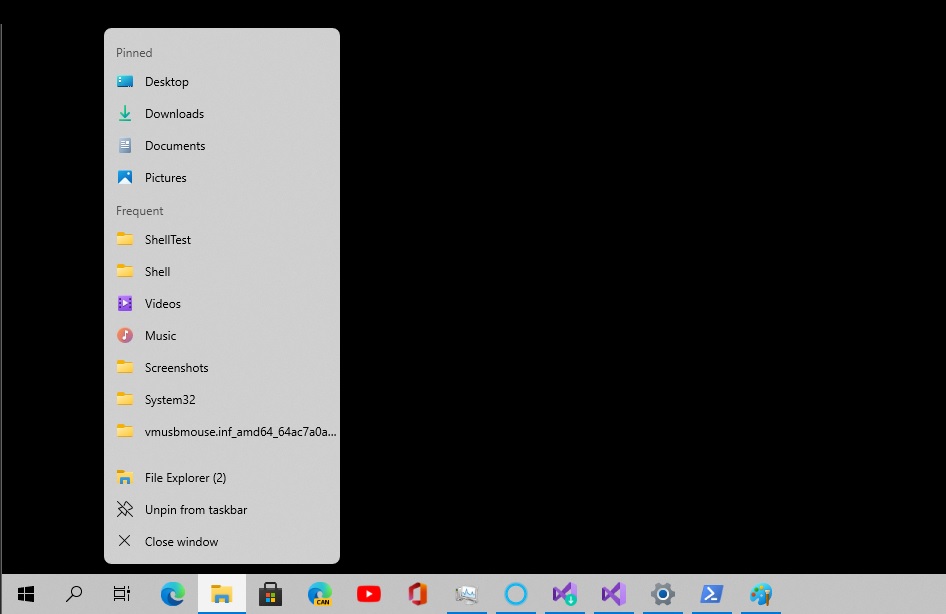
For more information about Jump Lists, see the Taskbar section of the Windows User Experience Interaction Guidelines. You access a Jump List by right-clicking a taskbar button or by clicking the arrow next to a program in the Start menu. Jump Lists are also used in the Windows 7 Start menu.

The Windows 7 taskbar provides enhanced functionality for starting programs directly from the taskbar button by using Jump Lists. JumpList.SetJumpList(App.Current, jumpList2) JumpTask1.CustomCategory = "Jump List 2" JumpTask1.IconResourcePath = Path.Combine(Environment.GetFolderPath(), "write.exe") JumpTask1.ApplicationPath = Path.Combine(Environment.GetFolderPath(), "write.exe") Get the path to WordPad and set the JumpTask properties. Private void SetNewJumpList(object sender, RoutedEventArgs e) Private void ClearJumpList(object sender, RoutedEventArgs e) JumpList jumpList1 = JumpList.GetJumpList(App.Current) Get the JumpList from the application and update it.

JumpTask1.CustomCategory = "User Added Tasks" JumpTask1.Description = "Open Calculator." JumpTask1.IconResourcePath = Path.Combine(Environment.GetFolderPath(86), "calc.exe") JumpTask1.ApplicationPath = Path.Combine(Environment.GetFolderPath(86), "calc.exe") Get the path to Calculator and set the JumpTask properties. Private void AddTask(object sender, RoutedEventArgs e) / Interaction logic for MainWindow.xaml For the new Jump List, the static SetJumpList method is called to associate the JumpList with the current application and apply the JumpList to the Windows shell. This code demonstrates how to modify, clear, and create a JumpList in procedural code.

The following example shows the code-behind page for MainWindow.xaml. Sb.AppendFormat(" Jump Items Rejected:\n", e.RejectionReasons.Count) Private void JumpList_JumpItemsRejected(object sender, e) This code handles the JumpItemsRejected and JumpItemsRemovedByUser events. The following example shows the code-behind page for App.xaml. Applying the JumpPath to the shell will fail if the application is not registered to handle the. The JumpList contains two JumpTask links and one JumpPath. The following example shows how to declare a JumpList in markup. The application has three buttons that enable you to add a task to the current Jump List, clear the contents of the Jump List, and apply a new Jump List to the application. The following example shows an application with a Jump List.


 0 kommentar(er)
0 kommentar(er)
